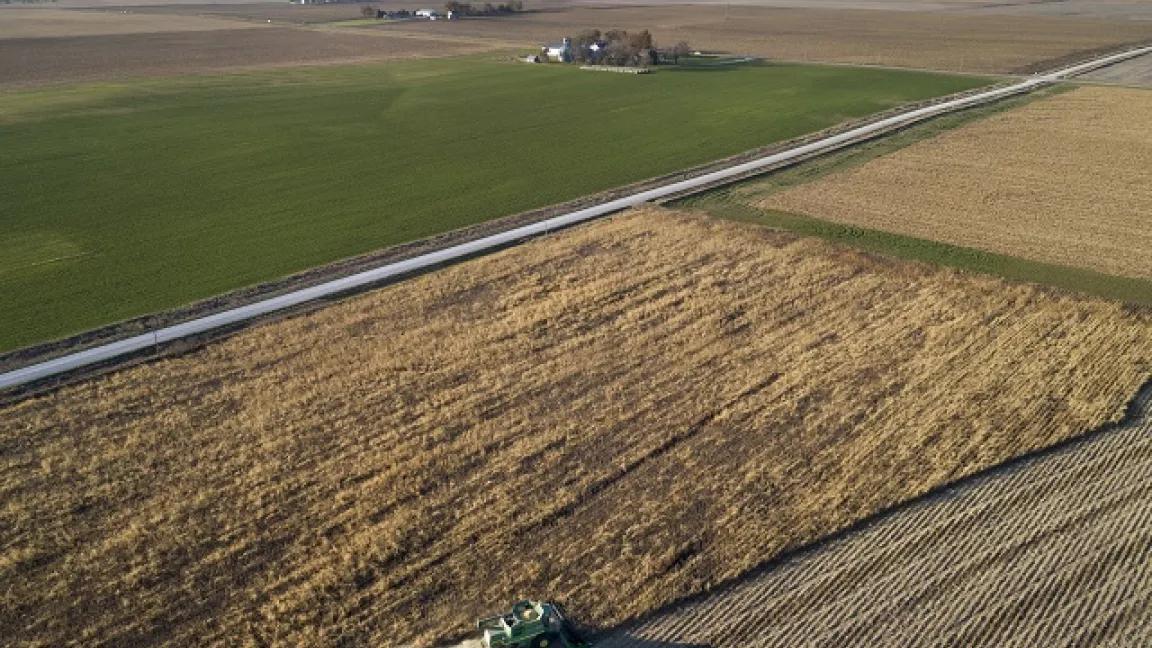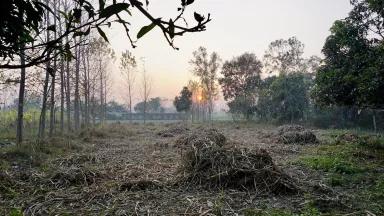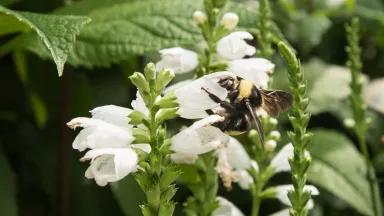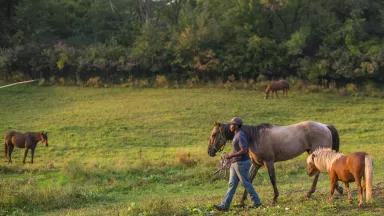Regenerative Agriculture Part 3: The Practices
One size does not fit all with regenerative agriculture. Ergo, policy must support and grow the enabling environments and the multifaceted tools—the on-farm, financial, management, and social tools—that make regenerative farms and ranches successful.
This is part three of our regenerative agriculture blog series. The first blog introduced the philosophy of regenerative agriculture, and the second blog covered the principles of regenerative agriculture. This blog summarizes some of the practices that regenerative growers use, and the fourth blog will discuss the benefits of regenerative agriculture.
New year, new mindset, right? This is usually the time when people adopt resolutions—new activities to try, old habits to break, and goals to achieve—so we feel its timely to welcome you to part three of our regenerative agriculture blog series. In this blog, we share some of the practices our regenerative interviewees use on the land. So far, we’ve written about the regenerative philosophy and its principles. But what does regenerative agriculture look like in practice? Recognizing differences in soil types, water availability, climate, natural surroundings, and biodiversity, regenerative growers develop tailored, site-specific blends of regenerative practices to improve soil health and their resilience to climate change—an homage to the ways Indigenous leaders have stewarded the land for millennia. Click through the slideshow to see some of the practices our interviewees use. The list is comprehensive, but not complete, and not all regenerative growers use all these practices.
Here’s a quick summary of the practices listed in the slideshow.
- Cover Cropping: This is the practice of planting cover crops, which are plants that cover your soil in order to reduce soil erosion, increase water retention, improve soil health, increase biodiversity and more. Cover crops can be planted around the time of harvesting cash crops or in between rows of permanent crops.
- Intensively Managed Grazing also known as Intensive Rotational Grazing: An Indigenous practice that mimics the way large animals moved in herds across grasslands. This method of grazing moves livestock between pastures on a regular basis to improve soil fertility and allow pasture grasses to regrow.
- No-till: A technique that leaves the soil intact when planting rather than disturbing the soil through plowing.
- Composting: The natural process of turning waste (from manure or food) into fertilizer that can improve soil health.
- Reduced or No Pesticides or Fossil-Fuel Produced Inputs: Building soil health and leveraging other natural systems to manage pests instead of relying on pesticides or other dangerous chemicals.
- Perennial Plants & Diversified Crops: Growing a variety of crops protects against pests and diseases, provides a diversified income stream and habitats for more pollinators, and improves soil health. Perennials are plants that do not need to be replanted every year. Perennials also exhibit long root systems that can retain water, improve soil’s porosity, sequester and store more carbon, and improve soil health. Many Indigenous farmers have grown diverse crops alongside one another for centuries. Perhaps the most widely known example is the “Three Sisters” technique of growing corn, legumes, and squash together.
- Agroforestry: An Indigenous practice wherein growers integrate trees and shrubs into crop and animal systems. This practice, which mimics forest systems, helps multiple species benefit from one another.
- Silvopasture: A form of agroforestry, silvopasture integrates trees into pastures for grazing animals.
- Conservation Buffers, like Hedgerows: Hedgerows are lines of shrubs or trees around cropping systems that act as habitat for beneficial insects and other organisms and also serve as windbreaks.
- Conservation Buffers, like Riparian Buffers: Riparian buffers are vegetated zones near streams that serve as habitat to many beneficial organisms, protect water quality, and mitigate flooding.
- Planting Native Species: This practice involves planting species that are native to a specific area. Native plants are beneficial in restoring wildlife habitat and improving biodiversity, and they can be planted as the main cash crop, incorporated in conservation buffers, or used as cover crops.
- Animal Integration: This practice involves integrating animals with their crop systems, usually in carefully managed grazing rotation, rather than producing plants and animals separately. Animals stimulate soil biology while trampling on grasses and add organic matter back to the soil with animal manure.
- Animal Welfare: This practice refers to prioritizing the health and well-being of the animals being raised.
- Solar Panels on Farms/Ranches: This practice refers to the use of solar energy from panels on farms to reduce dependence on fossil fuel and overall energy costs.
- Contour Planting: This practice involves planting crops in a pattern around a hill, instead of up and down the hill. Following the natural contours of a landscape helps slow water flow during a rain event while reducing erosion.
- Pasture Cropping: This refers to planting annual species into perennial grasslands to keep soil covered as the perennial species enters its dormant phase of production.
- Ecological Aquaculture: This practice integrates shellfish (like mussels, which live off organic matter) and seaweeds (known to take up high amounts of nitrogen and other nutrients) in a vertical, closed loop system with zero inputs.
- Biochar: Biochar is charcoal made from burning woody biomass and can be applied as a soil amendment.
By observing their landscape and understanding their natural resource availabilities and constraints, regenerative farmers and ranchers continuously deepen their relationship with the land and with each other. They consistently innovate. After analyzing the very long list of practices our interviewees shared with us, we realized that regenerative practices go beyond on-farm techniques to include financial, management, and social practices as well.
Financial Practices
The regenerative farmers we spoke with had some common financial values, and thus, common practices for managing farm finances. Some farmers hired financial and marketing consultants, or used online tools, books, and other resources to manage their finances and stay in business. Many of the farmers we spoke with worked hard to avoid debt by spending mindfully, growing slowly, and entering into creative leasing arrangements with landlords, investors, and farm cooperatives. On the sales side, farmers found creative ways to market and price their products according to their social values. Sometimes this meant charging a higher price to reflect the true cost of growing food, and sometimes this meant partnering with non-profits to provide food at a lower cost or at no-cost for low-income communities.
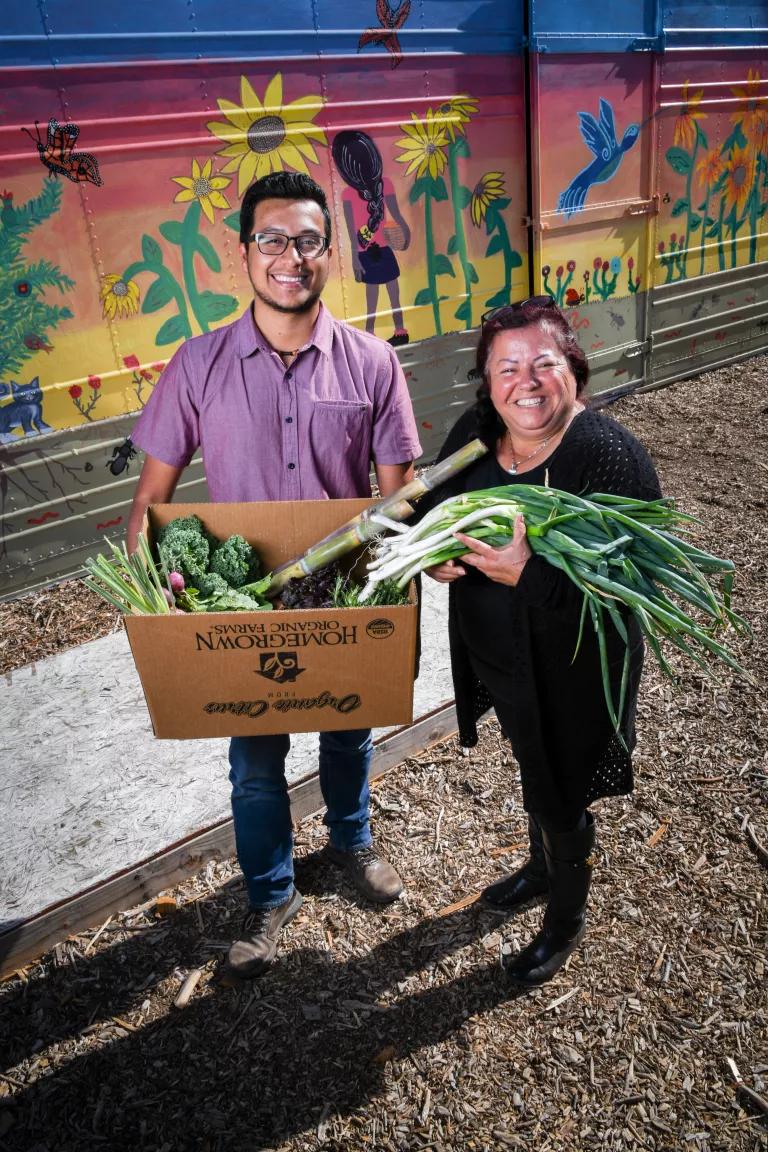
An example of a Community Supported Agriculture box from Huerta del Valle’s 4-acre Community Supported Garden and Farm in California.
Lance Cheung, U.S. Department of Agriculture
Management Practices
In addition to managing farm finances, our interviewees shared some of the decision-making tools they use to help with farm and ranch management. Most growers used experimentation to determine what regenerative practices can work for their unique landscapes, at times, working with professionals from the Natural Resource Conservation Service or a local Resource Conservation District staffer. Many also collect data from soil health tests, water quality and water infiltration tests, Brix tests, and animal health tags to measure outcomes from changes to practices. Observation and photo journaling were common tools our interviewees used to track changes on the land. Seasonal adaptation was an important decision-making framework for our interviewees; farmers and ranchers in water-scarce areas build ponds or wells to capture rainfall and plant cover crops with deep root systems to hold onto rainfall, farmers plant cover crops based on their locale’s precipitation trends, and ranchers follow natural breeding calendars.
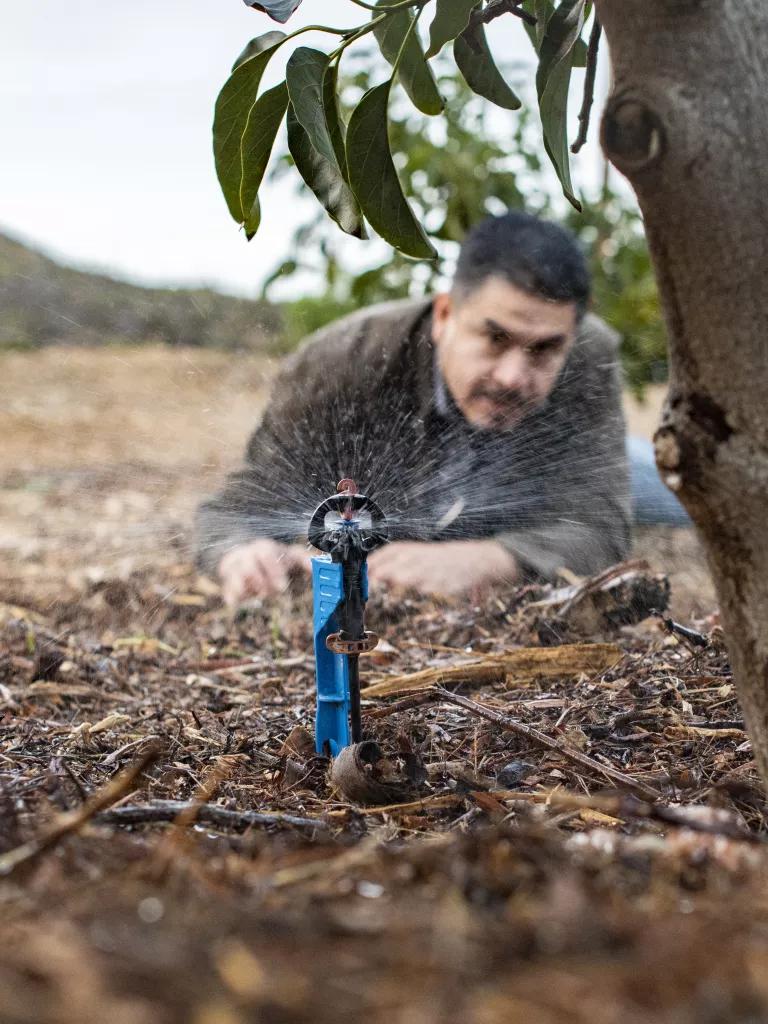
Salvador Prieto, owner of a 20-acre orchard in California, testing a new micro-sprinkler under an avocado tree for efficient water use. Salvador received cost-share funding from NRCS’s Environmental Quality Incentives Program (EQIP).
Lance Cheung, U.S. Department of Agriculture
Social Practices
Our interviewees shared a variety of social practices that also help bind and strengthen relationships in the regenerative food web. Spiritual practices like dancing, ceremonies, and musical performances help connect people to each other and their surroundings. Educational events like field demonstration events and workshops helped our interviewees share information with other growers in their community while building relationships. Regenerative growers take the time to understand their community’s needs and align them with what they are growing on their farm. Community outreach efforts like festivals, farm tour days, and cooking classes hosted by regenerative growers help consumers understand the ways they contribute to their farmer’s and rancher’s success. Those same community outreach events help regenerative growers educate consumers about the importance of soil health and regenerative agriculture.

Shaded picnic tables at Huerta del Valle’s 4-acre Community Supported Garden and Farm used for hosting workshops for other farmers, students, visitors and for Farm to Table events with the community.
Lance Cheung with the U.S. Department of Agriculture
The list of regenerative practices can go on, and what our team quickly learned from our interviews is that one size does not fit all with regenerative agriculture. As a result, in order for regenerative agriculture policy interventions to be successful, decision makers cannot revert to the checklist-of-practices approach that is often the norm in policy making. Policy makers must think about the role regenerative farms and ranches play as employers and as businesses, as researchers and experimenters, and as cultural centers. Policy must support and grow the enabling environments and the multifaceted tools—the on-farm, financial, management, and social tools—that make regenerative farms and ranches viable. Only then can we genuinely support farmers and ranchers transition into and the continued success of regenerative farms and ranches.
Related Blog Posts
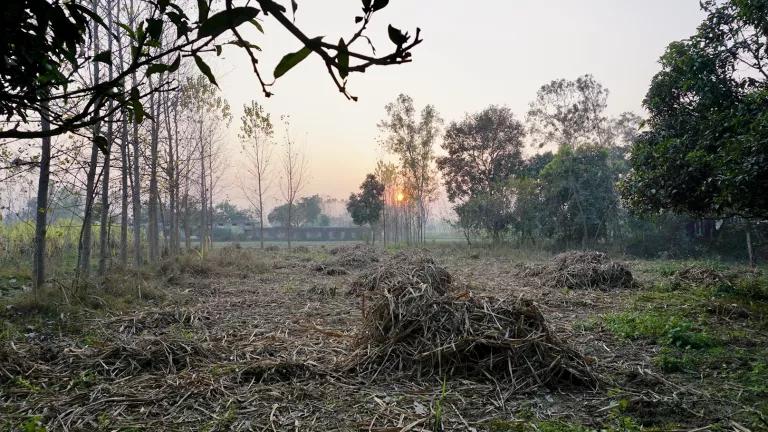
Regenerative Agriculture Part 1: The Philosophy
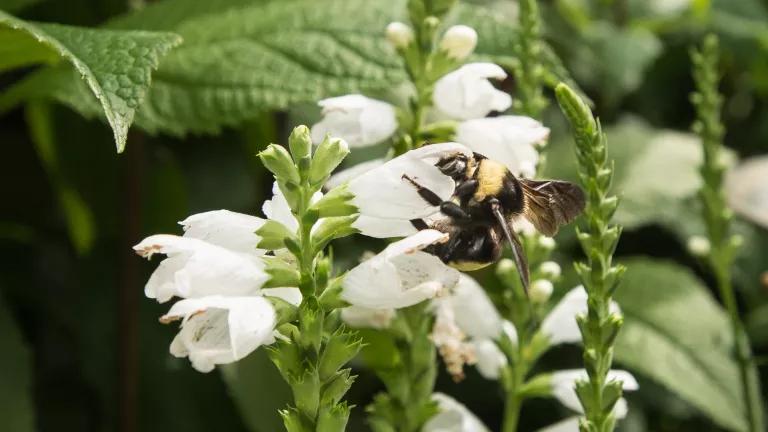
Regenerative Agriculture Part 2: The Principles
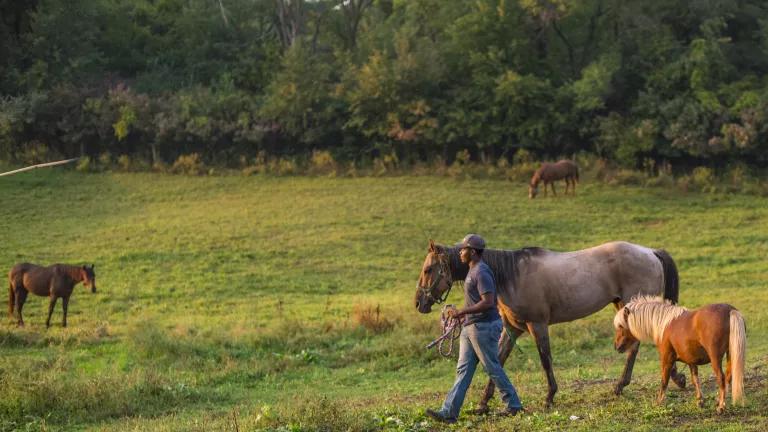
Regenerative Agriculture Part 4: The Benefits

Dirt to Soil: Proving the Power of Regenerative Agriculture




